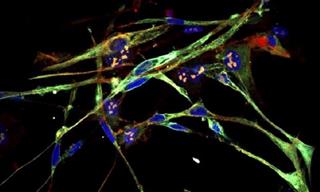Cancer, a devastating and complex group of diseases, affects millions of people worldwide each year. It manifests in various forms, commonly known as breast, lung, and prostate cancers. While significant progress has been made in the understanding and treatment of common cancers, there are other less-known adversaries that people should also be aware of.
These rare cancers, affecting a smaller portion of the population, pose unique challenges due to their infrequency and the limited research available. These rare forms often result in delayed diagnoses and treatments, complicating patient care and outcomes. Understanding these uncommon cancers is crucial for early detection and effective intervention. This article looks at eight of these rare cancers
Related: Lung Cancer Pill Cuts Risk of Death by 50%
1. Chronic myeloid leukemia
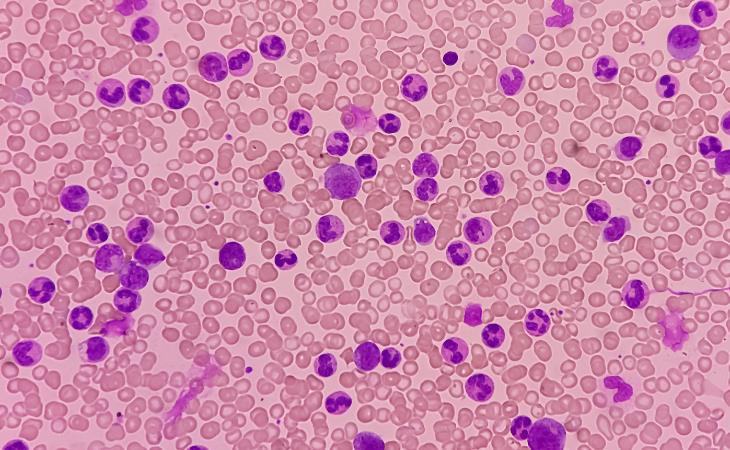
Chronic myeloid leukemia (CML) is a type of blood cancer that affects the bone marrow's ability to produce healthy blood cells. This results in an abnormally high number of abnormal blood cells. Although rare, CML cases have increased by over 54 % in the past 30 years.
Symptoms
CML may be asymptomatic in its early stages. However, potential symptoms include fatigue, night sweats, and weight loss.
Treatment
The only definitive treatment for this disease is a bone marrow transplant. However, targeted therapy with imatinib mesylate (Gleevec) has proven to significantly improve patient outcomes. Although comprehensive data on long-term survival rates remains unavailable, one study suggests a promising 90% five-year survival rate for patients receiving this treatment.
2. Anal cancer

Anal cancer develops in the anus, the opening at the distal end of the rectum. While less prevalent compared to colon or rectal cancers, thousands of new cases and deaths are being reported every year worldwide.
Symptoms
Symptoms associated with anal cancer may include rectal bleeding, anal itching, or the presence of a lump near the anus.
Treatment
Treatment options depend on the specific stage and location of the tumor and may encompass surgery, chemotherapy, or radiation therapy. The five-year survival rate varies depending on the stage of the cancer, ranging from 82% for localized tumors to 34% for tumors that have metastasized.
3. Glioblastoma

Glioblastoma is a highly aggressive type of brain tumor and is known as the most common primary malignant brain cancer. Research suggests a global prevalence ranging from 0.59 to 5 cases per 100,000 individuals annually.
Symptoms
Symptoms can vary depending on the tumor's location but may include headaches, nausea, and memory loss.
Treatment
Unfortunately, a cure for glioblastoma hasn't been found yet. However, treatment options may involve surgery, radiation therapy, chemotherapy, or a combination of these approaches. The prognosis for glioblastoma is often grim, with many patients surviving less than a year after diagnosis.
4. Merkel cell carcinoma
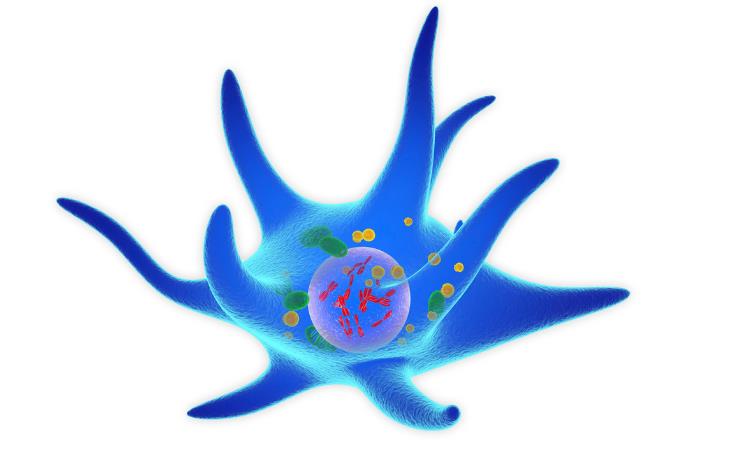
Merkel cell carcinoma is a rare and aggressive form of skin cancer. Also known as neuroendocrine carcinoma of the skin or trabecular cancer, it affects a relatively small number of individuals worldwide.
Symptoms
The primary symptom of this cancer is the development of a lump on sun-exposed areas of the skin. These lumps are typically painless, grow rapidly, feel firm to the touch, and appear dome-shaped or raised. The color may be flushed or darker compared to the surrounding skin.
Treatment
Standard treatment options include surgical removal of the tumor, chemotherapy, radiation therapy, and immunotherapy. The American Cancer Society (ACS) reports an average five-year relative survival rate of 63% across all stages of Merkel cell carcinoma.
5. Salivary gland cancer

Cancer of the salivary glands occurs when abnormal cell growth takes place within these glands. There are two main types of salivary glands:
Major salivary glands: Located on the cheek, under the chin, and below the tongue.
Minor salivary glands: Distributed throughout the mouth, including the palate and upper digestive tract.
Symptoms
Symptoms of salivary gland cancer can include:
- Difficulty swallowing food
- Numbness or weakness in the face
- Drainage of fluid from one or both ears
- A lump in the cheek, jaw, lip, or inside the mouth
- Persistent facial pain
Several factors can increase the risk of developing salivary gland cancer, including prior radiation exposure to the head and neck area, increasing age, and a family history of head and neck cancers.
Treatment
It's important to note that nearly 90% of salivary gland tumors are benign, meaning they are not cancerous. These non-malignant masses are typically removed before they have the potential to become cancerous.
Treatment for salivary gland cancer varies depending on the stage of the disease but often involves surgical intervention and/or radiation therapy. Chemotherapy is less commonly used in managing this type of cancer.
Related: Cancer Hazards: 12 Skin Cancer Mistakes to Avoid
6. Eye cancer
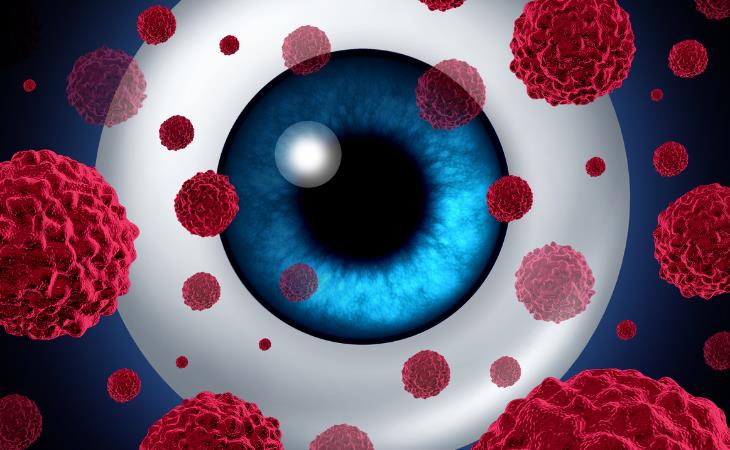
Cancer of the eye refers to a variety of malignancies that originate within the eye itself. Ocular melanoma, while the most prevalent type among adults, affects a relatively small population of roughly 20,000 individuals annually. Other, less frequent forms of eye cancer include non-Hodgkin's lymphoma, retinoblastoma, and medulloepithelioma.
Risk factors for eye cancer vary depending on the specific type. For instance, ocular melanoma is more likely to develop in older individuals, those with a family history of melanoma, and those with lighter skin or eye pigmentation.
Symptoms
General symptoms of eye cancer might include:
- Redness or pain in the eye
- Changes in vision, such as blurred vision or the presence of eye floaters
- Decreased visual acuity or even complete vision loss
- Alterations in the eye's appearance, such as a dark spot on the iris or white pupils
Treatment
The treatment course for eye cancer depends heavily on the specific type, its location, size, and the extent of its spread. Common treatment options include surgical removal of the cancerous tissue, cryotherapy (freezing therapy), and the use of chemotherapy eye drops.
7. Thymic carcinoma

Thymic carcinoma is a cancer that develops in the outer layer of the thymus, a small organ located in the upper chest responsible for the production of white blood cells. These cancerous cells grow rapidly and tend to metastasize, or spread, to other areas of the body, most commonly the lungs.
Symptoms
While relatively uncommon, thymic carcinoma can develop in some people. Individuals with this cancer may not experience any symptoms initially. However, potential symptoms include persistent cough, shortness of breath, chest pain, hoarseness, and swelling in the chest, face, neck, or arms.
Treatment
Treatment options for thymic carcinoma often combine various approaches, including surgical removal of the tumor, chemotherapy, radiation therapy, hormone therapy, and targeted therapy. According to the National Cancer Institute, the five-year survival rate for inoperable and locally advanced carcinoma is 36%, while the rate drops to 24% for cases where the cancer has spread distantly.
Related: Researchers Find a New Hazardous Cancer Subtype
8. Ewing sarcoma
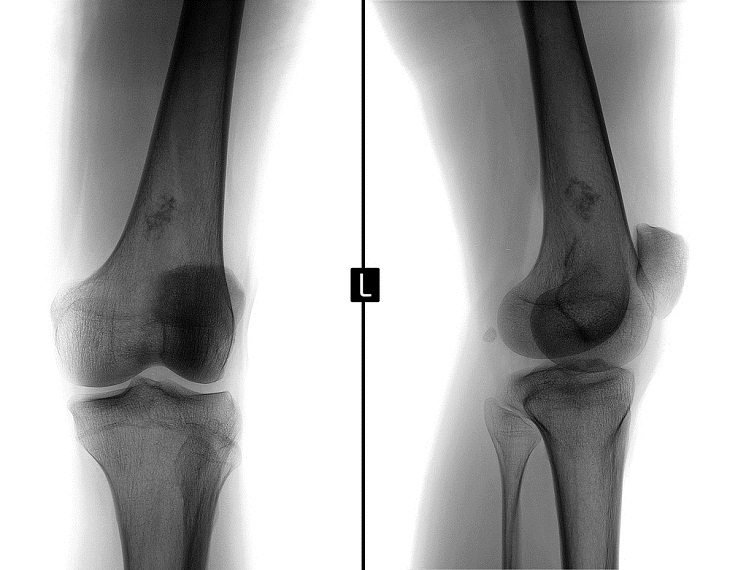
Ewing sarcoma is a malignant tumor that primarily develops in bone tissue. This aggressive cancer most commonly affects children and young adults. An estimated one in a million individuals are affected by Ewing tumors, which account for about 1% of all childhood cancers.
Symptoms
Symptoms associated with Ewing sarcoma may include:
- Pain and swelling near the affected bone
- The presence of a lump
- Fever
- Unexplained bone fractures
Treatment
Treatment options for Ewing sarcoma typically involve a combination of:
- Chemotherapy: Administration of powerful drugs to destroy cancer cells.
- Radiation therapy: Utilizing targeted high-energy rays to kill cancer cells.
- Surgery: Removal of the affected bone or surrounding tissue.
High-dose chemotherapy with stem cell preservation: A specialized treatment involving high doses of chemotherapy followed by the reintroduction of previously harvested stem cells.
The ACS reports a relative 5-year survival rate of 61% for all stages of Ewing sarcoma combined.
 Go to BabaMail
Go to BabaMail









































